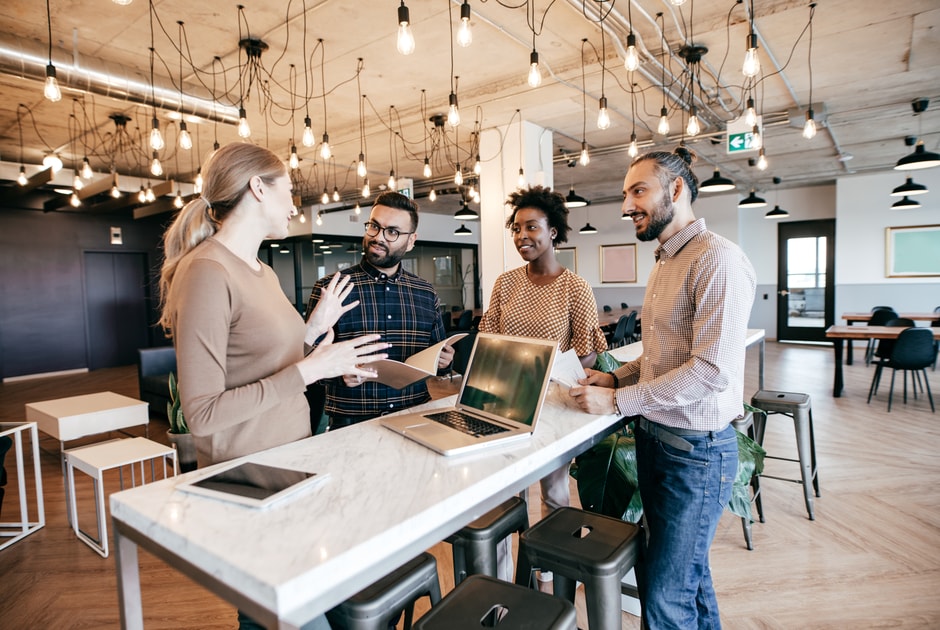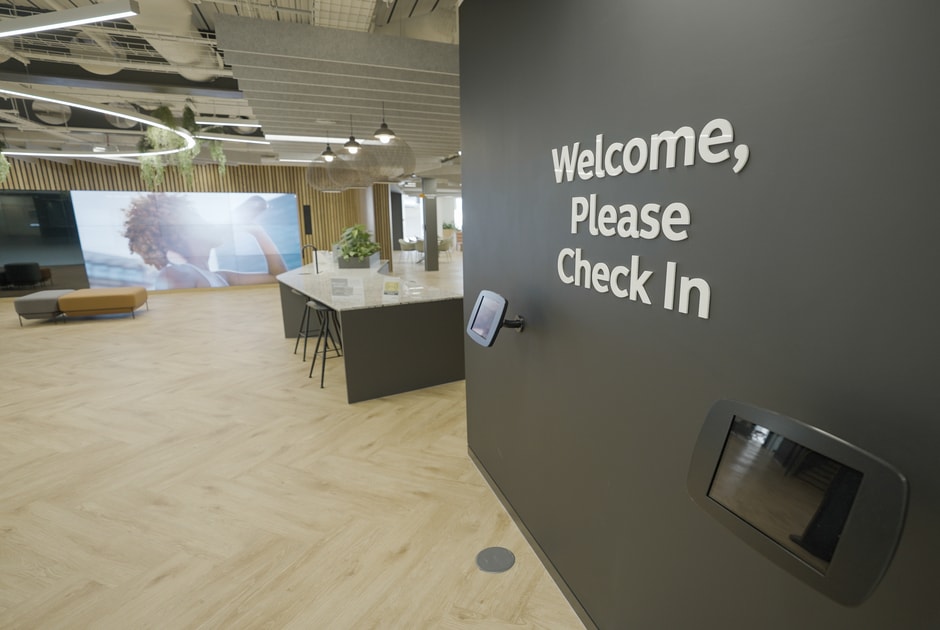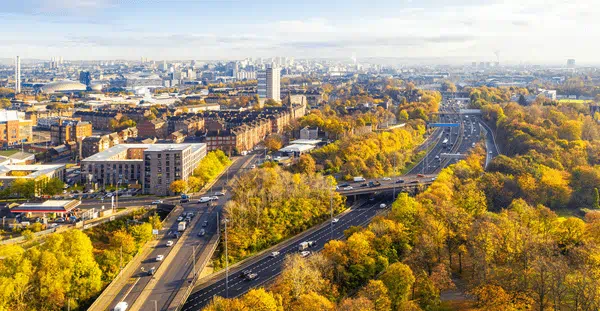Have you returned to the office yet? This is the big question that so many companies are struggling with right now. Many of us have become used to working from home over the last 18 months and, with no national blueprint for reopening the workplace, businesses are suddenly having to rethink not only how they use their physical workspaces, but also what this means for their employees. The only thing we can be certain of; the world of work will look very different from how it was before.
Autumn has long been heralded as ‘back to work’ for businesses yet, as time goes on, city centres remain quiet as office workers are seemingly reluctant to return to the old 9-5. We want flexibility, but many companies are unsure how to bring this into the workplace in a way that balances the needs of the business with the preferences of its people. The phrase ‘hybrid-working’ is widely used, but it means different things to different organisations - and even employees within an organisation. The key will be in finding the right balance for each business, and recognising that successful transformation doesn’t happen overnight.
Employees want control and flexibility
One of the more obvious trends we are seeing is that people want more control over where and how they work. Throughout the pandemic, people have proved they can work from home effectively and productively. But at the same time, we are social creatures and people want to come together to collaborate, learn and build connections. This is driving the increased demand for offices to change the type of space being offered.

Real estate is one of the most expensive overheads for a business, and companies need to make sure that their buildings work for them and for their employees. It’s bad business to have vacant offices while people are working from home even 50% of the time. If hybrid working is to become the norm, companies will need to reimagine how they can make better use of their property portfolio and office space, and how they engage with their people to find the right ‘hybrid’ balance
Embedding cultural change
Another trend we’re seeing is companies mandating through rotas how many days – and even which days - employees should be in the office. It’s natural that organisations still want the office to be used, and there are definite benefits to working with others in a physical environment.
However, the rota-based approach is controversial because it removes much of the freedom we’ve enjoyed and become accustomed to. The concept of introducing different types of workspaces and new work modes to encourage people to work more flexibly, yet simultaneously taking away their choice in how and when they use that physical space, represents a contradiction.
This conundrum demonstrates how important it is for real estate, HR, and even procurement teams to work in partnership when it comes to defining and setting a new workplace strategy. Here at Arcadis, we work with our clients on end-to-end solutions – from defining the workplace strategy based on employee needs, through to embedding a new culture and implementing change.
We can bring a unique perspective, in that of course we recognise that real estate teams need to identify and realise cost savings by rationalising their portfolio. But at the same time, we know that transformation plans can only be truly successful if they are centred around ‘people’. This is key for organisations to win the war on talent - attracting and retaining the top people in the industry. We believe that companies need to think creatively about the entire workplace (not just the physical space), including culture and the end-to-end employee experience. We help organisations to design a proposition that makes their employees want to come into the workplace, yet still maintain collaboration and productivity when working from home.
We need to consider how many people might have made changes in their personal lives during the pandemic based on certain assumptions about what life will be like after. They may have moved further away from the office. There may be new childcare arrangements to take into account. If some of the flexibility that we have started to take for granted is suddenly removed, what impact will that have in terms of employee engagement and staff retention?
Some organisations are taking a top-down approach when it comes to reimagining the workplace. Others are more collaborative. In all cases, our role is about helping to identify common personas (groupings of how people will use the office in future) and finding which align best with people and the business. There is no ‘right way’ to approach the process, but it’s important to recognise that while we are in the middle of this period of massive readjustment, any change needs to be handled appropriately and communicated sensitively throughout the business.
The rise of the ‘destination workspace’
We work with a lot of financial institutions, some of whom are actively rationalising their real estate portfolio. That’s not to say they don’t think having physical office space isn’t important, but it’s about using it in a different way.
One major banking client we are working with is currently undergoing a huge workplace refurbishment programme to make sure that its campuses have a much broader appeal. For them, it’s about creating a destination environment that is much more than just an office. More and more businesses are considering how best to use their spaces when people are not working in them. This could be as concert or community spaces, shared picnic areas, or opening up fitness and wellbeing facilities that friends and family can enjoy outside of traditional business hours. It’s not just about demystifying work, but also encouraging more inclusivity and bringing life back into our cities.
Sustainability is another really important imperative. This includes social sustainability, such as supporting local communities and working in partnership with local suppliers to stage and cater events, or it could be environmental sustainability, such as incorporating innovative eco-friendly features within the design and operation of the building. For example, rainwater collection can be used to help power water supply or flush toilets. This not only helps to mitigate the operational impact of the building, but sustainability is increasingly a factor than employees expect their leaders to consider.
This is certainly something we’ve found to be the case with our own office space at 80Fen, in London. The office is equipped with our own Building Intelligence software, which can monitor energy and water consumption to reduce use, and regulate the environment via air quality and thermal comfort sensors. By improving the performance of the building in this way, we can reduce the energy needed for heating, ventilation and air conditioning by as much as 75%, and cut the amount of energy used in lighting by a further 25%. This can make a significant difference not only in terms of lowering costs, but also reducing carbon consumption and mitigating environmental impact.

Our office space at 80Fen, London
The workplace of the future
Our clients are experiencing a massive period of flux now and the fact is, no one can presume to know all the answers. Things have changed so dramatically in such a short period of time, and will continue to do so in the coming months and years. We need to be flexible, agile and open to reinvention.
When it comes to planning long term, efficient programmes of investment in any property portfolio, data has a crucial role to play. At the moment we can only compare the current situation with how we worked pre-COVID, but as people return to the office it’s important to monitor space and utilisation rates, and attraction and retention numbers. This will give a better sense of how firmly behaviours have changed and how a building should best be used to maximise its performance, and the experience of the people within it.
We don’t know what the world of work will look like in a year, or two years’ time. But we do know that change is continuing, and the most successful companies will be those that proactively navigate this new environment and embrace a new workplace culture, in whatever form that should take.
Contact Holly McEwan at holly.mcewan@arcadis.com




